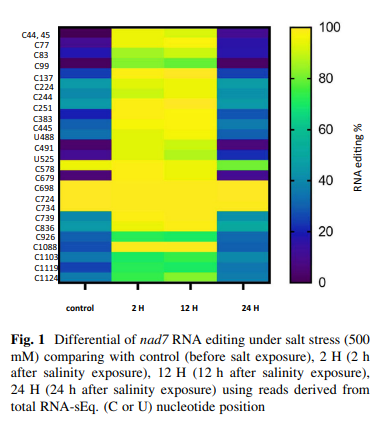
Strain-encoded cardiac magnetic resonance during high-dose dobutamine stress testing for the estimation of cardiac outcomes: Comparison to Clinical Parameters and Conventional Wall Motion Readings
Objectives: The purpose of this study was to determine the prognostic value of strain-encoded magnetic resonance imaging (SENC) during high-dose dobutamine stress cardiac magnetic resonance imaging (DS-MRI) compared with conventional wall motion readings. Background: Detection of inducible ischemia by DS-MRI on the basis of assessing cine images is subjective and depends on the experience of the readers, which may influence not only the diagnostic classification but also the risk stratification of patients with ischemic heart disease. Methods: In all, 320 consecutive patients with suspected or known coronary artery disease underwent DS-MRI, using a standard protocol in a 1.5T MR scanner. Wall motion abnormalities (WMA) and myocardial strain were assessed at baseline and during stress, and outcome data including cardiac deaths, nonfatal myocardial infarctions ("hard events"), and revascularization procedures performed >90 days after the MR scans were collected. Results: Thirty-five hard events occurred during a 28 ± 9 month follow-up period, including 10 cardiac deaths and 25 nonfatal myocardial infarctions, and 32 patients underwent coronary revascularization. Using a series of Cox proportional-hazards models, both resting and inducible WMA offered incremental information for the assessment of hard cardiac events compared to clinical variables (chi-square = 13.0 for clinical vs. chi-square = 26.1 by adding resting WMA, p < 0.001, vs. chi-square = 39.3 by adding inducible WMA, p < 0.001). Adding visual SENC or quantitative strain rate reserve to this model further improved the prediction of outcome (chi-square = 50.7 vs. chi-square = 52.5, p < 0.001 for both). In a subset of patients (n = 175) who underwent coronary angiography, SENC yielded significantly higher sensitivity for coronary artery disease detection (96% vs. 84%, p < 0.02), whereas specificity and accuracy were not significantly different (88% vs. 94% and 93% vs. 88%, p = NS for both). Conclusions: Strain-encoded MRI aids the accurate identification of patients at high risk for future cardiac events and revascularization procedures, beyond the assessment of conventional atherogenic risk factors and resting or inducible WMA on cine images. (Strain-Encoded Cardiac Magnetic Resonance Imaging as an Adjunct for Dobutamine Stress Testing; NCT00758654) © 2011 American College of Cardiology Foundation.


